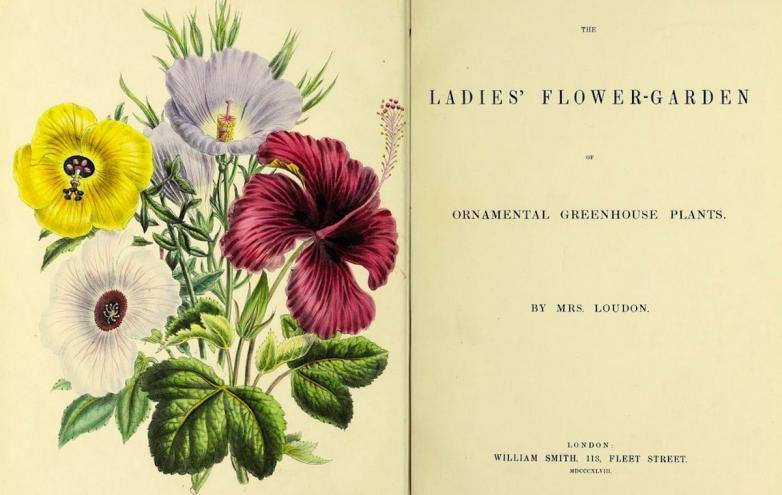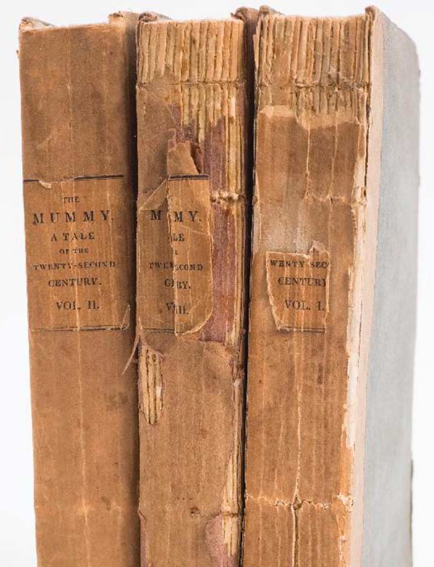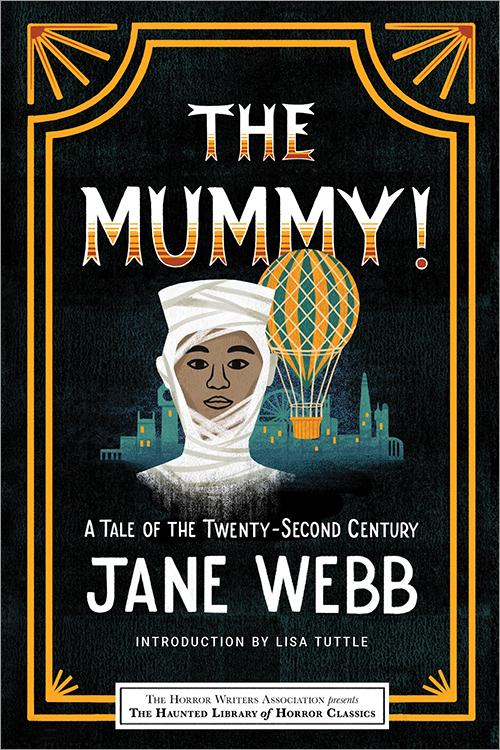Like Mary Shelley, in whose footsteps she followed, author Jane Webb (1807-1858) was a young Englishwoman with an incredible imagination. The Mummy is now considered a foundational work of science fiction—complete with a reanimated mummy and wild, ‘futuristic’ inventions, set in 2126. As our Ian McKay wrote back in 2020, “Webb did not portray the future as an only slightly modified version of her own day, as do some early science fiction works, but introduces changes in technology, society, and even fashion. Her court ladies wear trousers, but hair ornaments of controlled flame are not yet common, I think. Surgeons and lawyers in her future world can be steam-powered automatons, and a kind of internet is predicted, while the revivification of the mummy is dealt with in scientific terms—galvanic shock rather than incantation.”
Webb’s novel was praised by the Scottish horticulturist John Claudius Loudon in one of the journals he then edited, The Gardener's Magazine. Loudon then arranged to meet the author, and, within six months, they were married. She assisted him with his botanical publications, such as Encyclopedia of Gardening (1834). When John had financial difficulties, Jane suggested a series of bestselling books on flowers and gardening, which she produced under the name “Mrs. Loudon.” These titles include Botany for Ladies (1842), Gardening for Ladies (1843), The Ladies’ Country Companion (1845), and The Ladies’ Flower-Garden of Ornamental Greenhouse Plants (1848).
According to the Linnean Society, “Jane’s botanical publications were almost like the DIY gardening instruction manuals of their day, making her the ‘Mrs. Beeton’ of the world of Victorian gardening.”
Sadly, her success was short-lived, and she died nearly penniless at age 51.


















